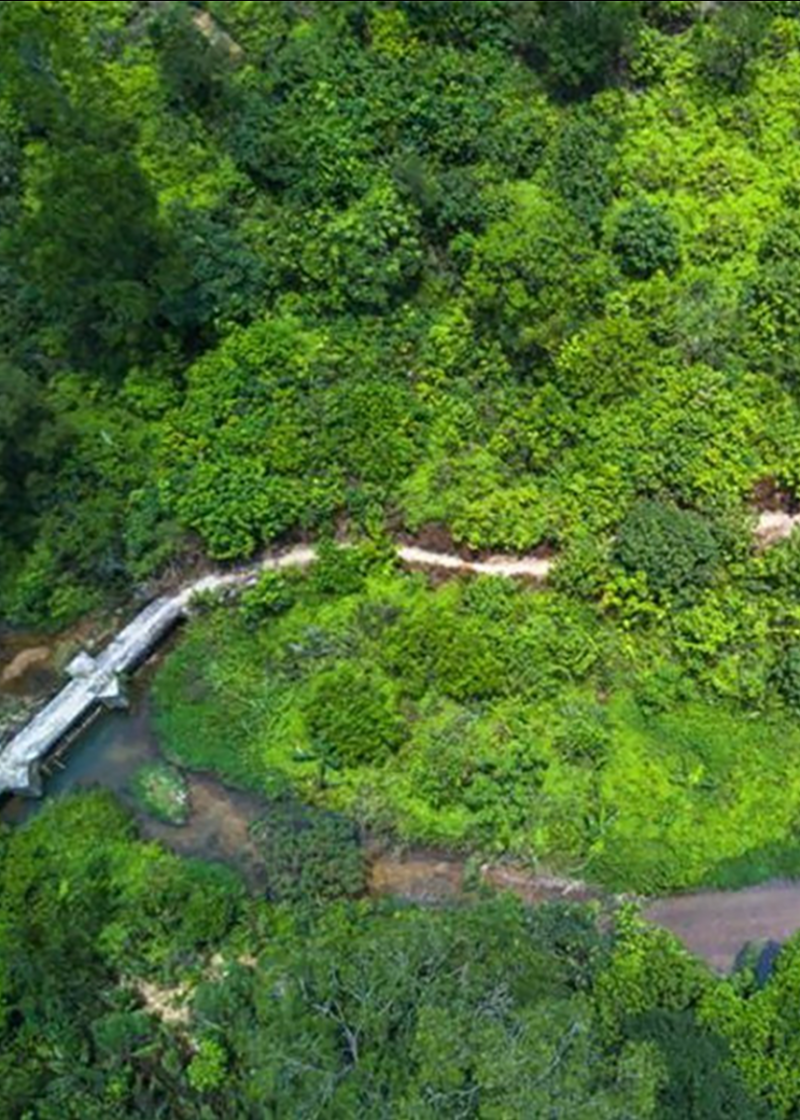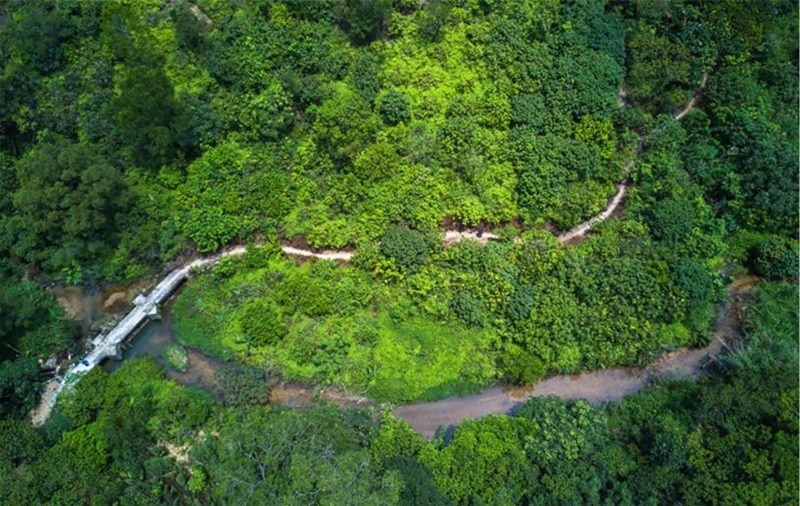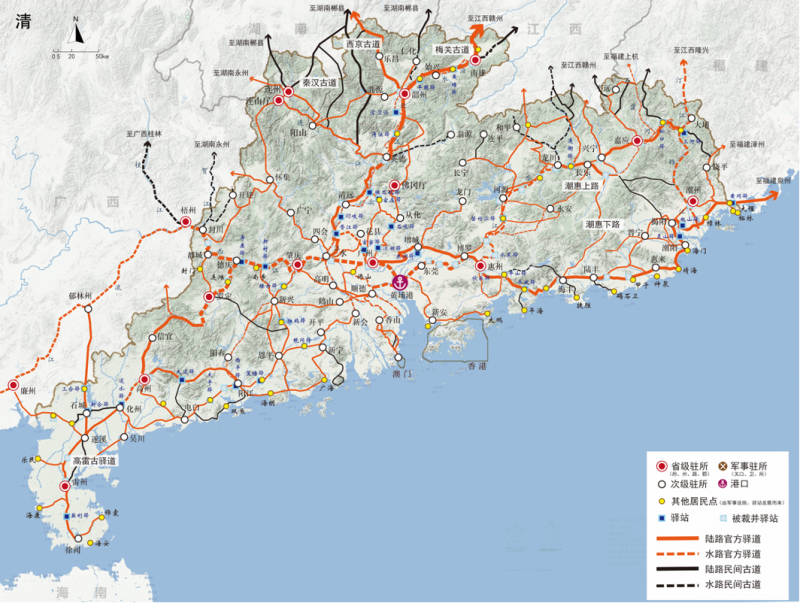The Conservation and Revitalization of Heritage Routes
In 2003, " HERITAGE ROUTES " was officially included in the World Heritage List as a new large-scale heritage type. It is composed of tangible elements of which the cultural significance comes from exchanges and a multi-dimensional dialogue across countries or regions, and that illustrate the interaction of movement, along the route, in space and time. Conservation and revitalization of HERITAGE ROUTES has aroused worldwide concern.
The South China Historical Trail refers to the roads for transferring documents, transporting materials and population migration in Guangdong Province before 1913, including waterways and land routes. In the definition, not only the official post roads, ordinary roads built by local people are also included. They are typical heritage routes as representative of China to show the diverse cultural exchange between Ancient China and the whole world.
The programme started with the comprehensive history evolution research with comparison to explain the values of South China Historical Trail, especially the cultural influence on the south-east Asia region. Based on the values, the composition of property were listed as a basis for the conservation.
However with the pass of time, the dislocation of modern transportation network and ancient transportation network leads to many problems. As the main traffic way in ancient times, villages along the ancient post road prospered because of trade and immigration. With the construction of modern highway and railway, these traditional mountain roads are gradually abandoned, and the location conditions of villages and towns are changing from open to closed. Especially the villages in the mountains, subject to the natural terrain factors, are rapidly forgotten. Those region were soon from prosperity to poverty.Within 5 kilometers wide area of the Ancient Post Road, there are about 1320 provincial poverty-stricken villages, accounting for 60% of total in Guangdong.They also both facing the problem of dirty environment, hollowing out and aging.
To solve the problem, since 2016, Guangdong has carried out conservation and revitalization project called the South China Historical Trail, and built 8 demonstration sections. In 2018 more than 1,000 kilometers of ancient roads, heritage sites along the route and surrounding villages were explored.
The programme focuses on the existing problem and the project conducted, doing the field investigation in the whole Guangdong Provinces with a trace of 12 ancient Roads, 7 old cities and more than 60 traditional villages. Through the research on site and statistics collected in the village, it summarizes the methdology and mechanism of conservation and revitalization led by provincial government.
First it forms a comprehensive conservation system combining nature with culture, tangible with intangible. At the same time, more attention were paid to all kinds of cultural resources along the ancient roads, including settlements, listed cultural relics and vast vernacular heritage as well as the related intangible heritage.
Second, it achieves the target of rural revitalization with an integrated approach to promote regional economic, social and cultural development with culture and natural resources. Through diversified revitalization approach like combining with sports competition, cultural events and educational summer school, it helped interpret the heritage value, inherit the folk culture, create special agricultural products. It provides plenty of leisure and tourism space for residents in Guangdong , also provides new opportunities of economic development for those backward region along the ancient post road.
Third, as a "daily and common" heritage, public participation plays an important role in the practice of integrated approach of South China Historical Trail. The establishment of "sanshi" volunteers, mainly consist of architects and planners, work as a bridge between the government and the public, which gradually forms a mechanism.







